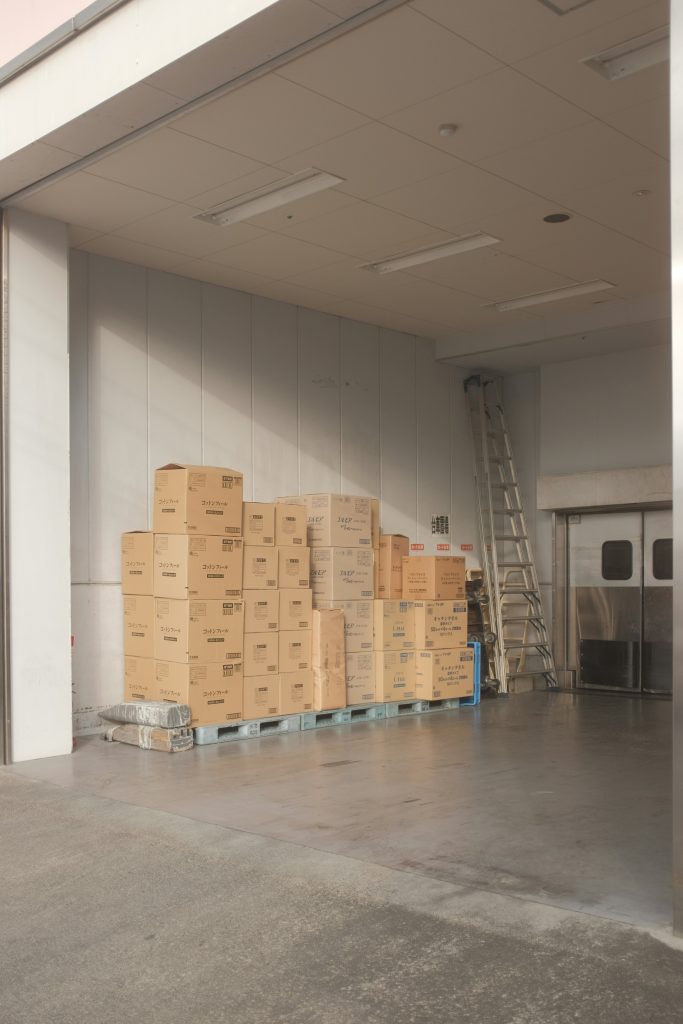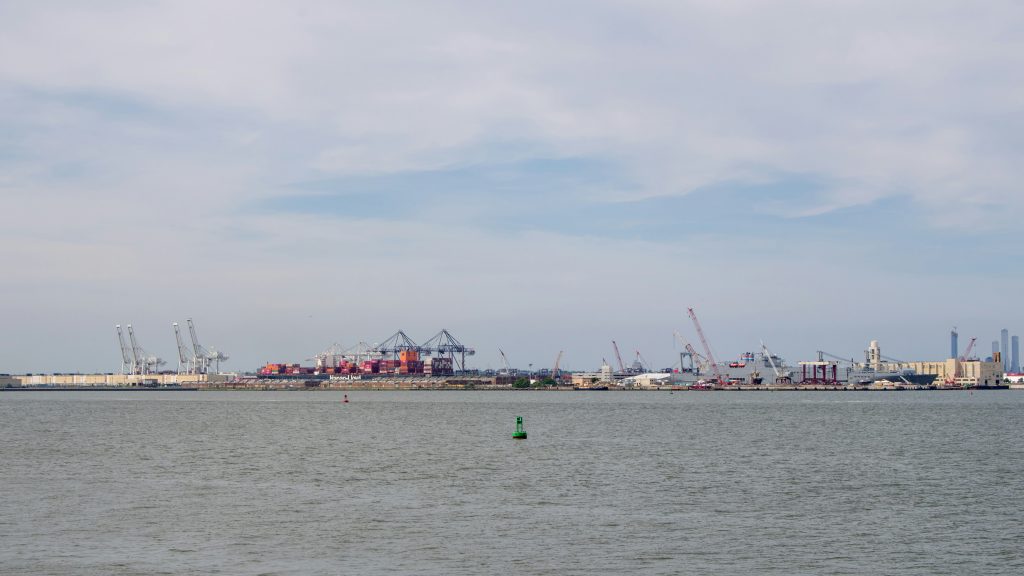What is Net vs Gross Volume on a Container: A Comprehensive Guide to Shipping Measurements

Defining Net vs Gross Volume on a Container
Net Volume
Net volume refers to the actual space available inside a container for cargo. It’s the usable space that shippers can fill with their goods.
Gross Volume
Gross volume, on the other hand, is the total volume of the container, including its internal structure and any fixtures. It represents the overall size of the container.
The Importance of Understanding Net vs Gross Volume
Knowing the difference between net and gross volume is crucial for:
- Efficient cargo loading
- Accurate shipping cost calculations
- Compliance with shipping regulations
- Optimal use of container space
Net vs Gross Volume: A Closer Look
Net Volume
Net volume refers to the actual space available inside a container for cargo. It’s the usable space that shippers can fill with their goods.
Gross Volume
Gross volume, on the other hand, is the total volume of the container, including its internal structure and any fixtures. It represents the overall size of the container.
Defining Net vs Gross Volume on a Container
Calculating Net Volume
Net volume is typically calculated by:
- Measuring the internal dimensions of the container
- Subtracting any space taken up by internal structures or fixtures
- Expressing the result in cubic meters or cubic feet
Calculating Gross Volume
Gross volume is usually determined by:
- Measuring the external dimensions of the container
- Multiplying length x width x height
- Expressing the result in cubic meters or cubic feet

Relationship Between Volume and Weight
Understanding net vs gross volume on a container is closely related to the concepts of net weight and gross weight:
Net Weight vs Gross Weight
- Net Weight: The weight of the cargo alone, without packaging or container
- Gross Weight: The total weight of the cargo, packaging, and container
How Volume and Weight Interact
- Density of Cargo: Affects how much weight can fit in a given volume
- Weight Limits: Containers have maximum weight capacities regardless of volume
- Volume to Weight Ratio: Important for determining shipping costs and methods
Standard Container Sizes and Volumes
Common container sizes and their approximate volumes:
- 20-foot container:
- Gross Volume: ~33 cubic meters
- Net Volume: ~28 cubic meters
- 40-foot container:
- Gross Volume: ~67 cubic meters
- Net Volume: ~58 cubic meters
- 40-foot High Cube container:
- Gross Volume: ~76 cubic meters
- Net Volume: ~68 cubic meters
Factors Affecting Net vs Gross Volume on a Container
Several factors can impact the net and gross volume of a container:
- Container Design: Internal structures can reduce net volume
- Insulation: Refrigerated containers have less net volume due to insulation
- Damage: Dents or warping can affect both net and gross volume
- Modifications: Custom modifications can alter volume measurements
Impact on Shipping Costs
Understanding net vs gross volume on a container is crucial for accurate cost estimation:
- Volume-Based Pricing: Some carriers charge based on volume rather than weight
- Dimensional Weight: A calculation that considers both volume and weight
- Container Utilization: Efficient use of net volume can reduce shipping costs

Net vs Gross Volume in Different Transport Modes
The concept of net vs gross volume applies differently across various shipping modes:
Ocean Freight
- Most relevant for container shipping
- Standard container sizes make volume calculations straightforward
Air Freight
- Often uses a volume to weight ratio (dimensional weight)
- Net volume is crucial for efficient packing
Road Freight
- Trailer volumes can vary more than standard containers
- Net volume is important for load planning
Rail Freight
- Similar considerations to ocean containers
- Intermodal containers follow the same principles
Practical Applications of Net vs Gross Volume Knowledge
Understanding net vs gross volume on a container is essential for:
- Cargo Planning: Maximizing the use of available space
- Cost Estimation: Accurately predicting shipping expenses
- Compliance: Ensuring adherence to weight and volume limits
- Efficiency: Optimizing loading and unloading processes
Tools for Measuring Net and Gross Volume
Several tools and methods are used to determine net and gross volume:
- Laser Measuring Devices: For accurate internal measurements
- 3D Scanning Technology: For creating detailed volume models
- Standard Measurement Tools: Tape measures and calipers for manual measurements
Software Solutions: Programs that calculate volume based on input measurements
Net vs Gross Volume: Industry Best Practices
To effectively manage net vs gross volume considerations:
- Regular Inspections: Check containers for damage that might affect volume
- Accurate Documentation: Maintain precise records of container specifications
- Staff Training: Ensure logistics team understands volume concepts
- Use of Technology: Implement software for volume calculations and optimization
Challenges in Managing Net vs Gross Volume
Several challenges can arise when dealing with net and gross volume:
- Irregular Shaped Cargo: Difficult to calculate efficient volume usage
- Mixed Cargo Types: Different densities can complicate volume planning
- Container Variations: Slight differences between containers of the same size
- Regulatory Compliance: Ensuring volumes adhere to shipping regulations
Future Trends in Container Volume Management
The shipping industry is evolving, impacting how we think about net vs gross volume:
- Smart Containers: IoT devices for real-time volume monitoring
- AI in Load Planning: Advanced algorithms for optimal space utilization
- Standardization Efforts: Moves towards more uniform container specifications
- Sustainability Focus: Emphasis on maximizing volume efficiency to reduce environmental impact

Case Studies: Net vs Gross Volume in Action
Case Study 1: E-commerce Fulfillment
An online retailer optimized their shipping by:
- Accurately measuring product volumes
- Using net container volume for precise load planning
- Reducing shipping costs by 15% through improved space utilization
Case Study 2: Bulk Cargo Shipping
A grain exporter improved efficiency by:
- Understanding the relationship between bulk density and net container volume
- Maximizing load weight while staying within volume limits
- Increasing cargo per container by 8% without exceeding weight restrictions
Conclusion: Mastering Net vs Gross Volume for Shipping Success
Understanding what is net vs gross volume on a container is more than just a technical detail—it’s a fundamental concept that impacts every aspect of shipping logistics. By mastering these concepts, logistics professionals can:
- Optimize cargo loading and unloading
- Reduce shipping costs through efficient space utilization
- Ensure compliance with shipping regulations
- Improve overall supply chain efficiency
Whether you’re a seasoned logistics professional or new to the shipping industry, a thorough understanding of net vs gross volume on a container is essential for success in today’s competitive global market. By applying this knowledge to your shipping operations, you can achieve significant improvements in efficiency, cost-effectiveness, and overall performance.
Remember, in the world of international shipping, every cubic meter counts. By leveraging your understanding of net vs gross volume, you can make informed decisions that drive your shipping operations towards greater success and profitability.
